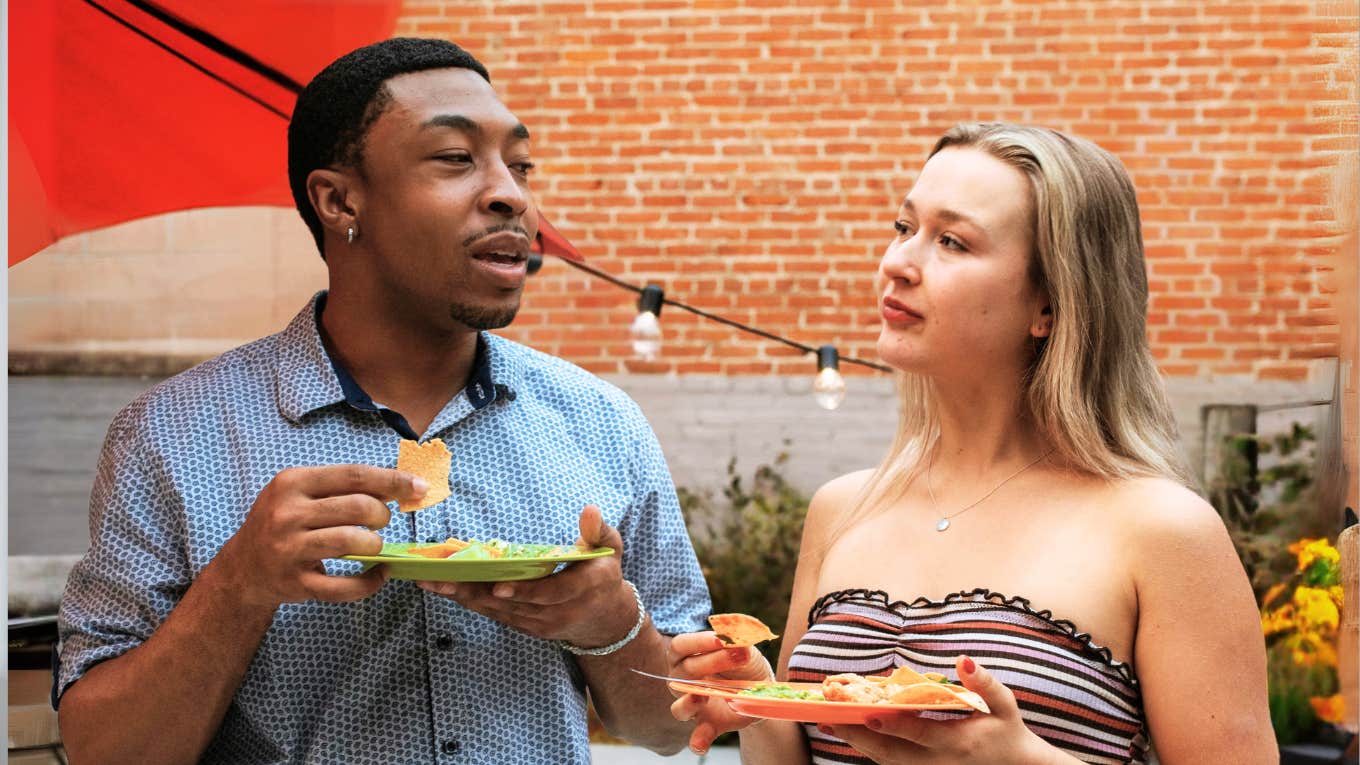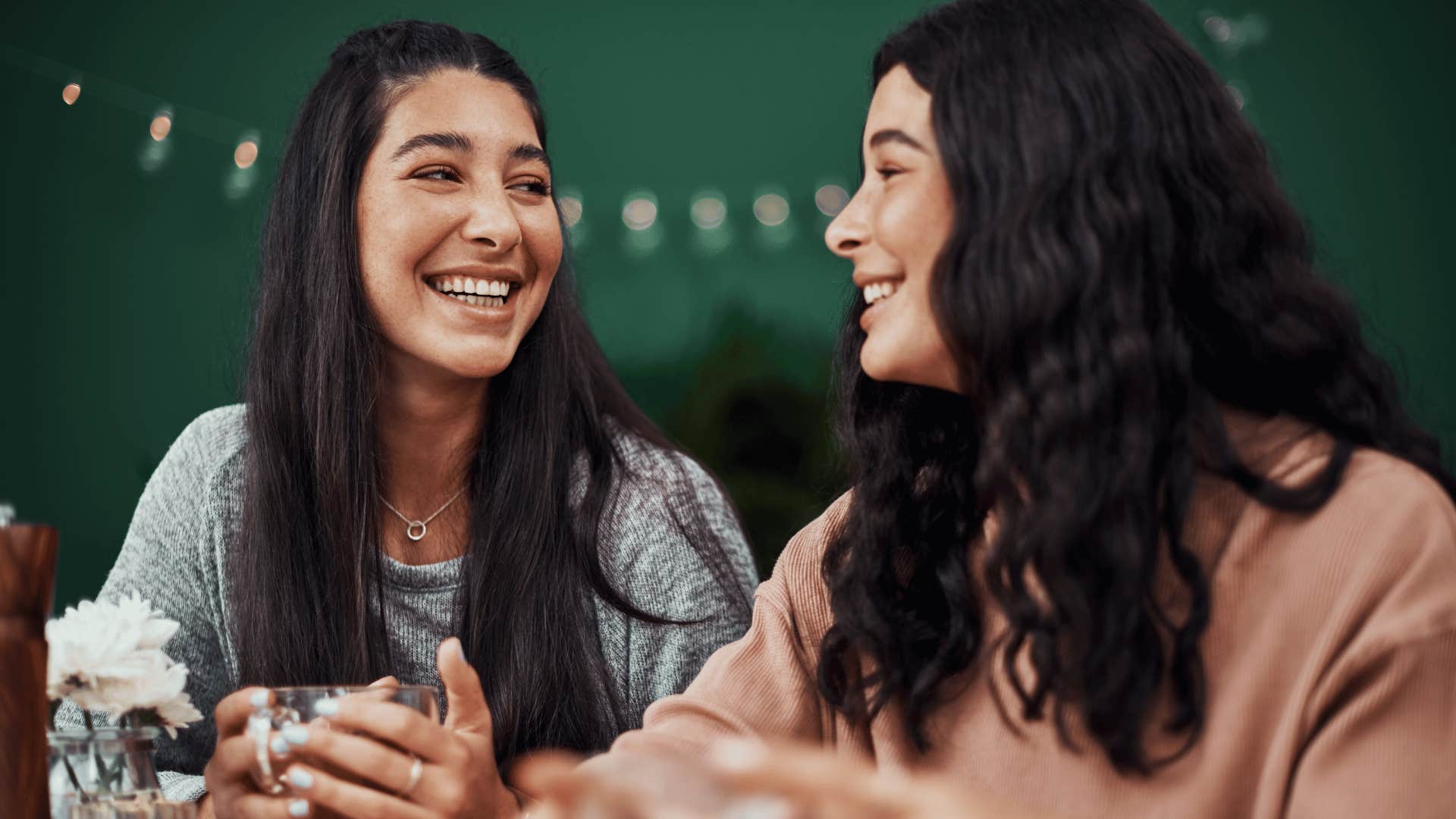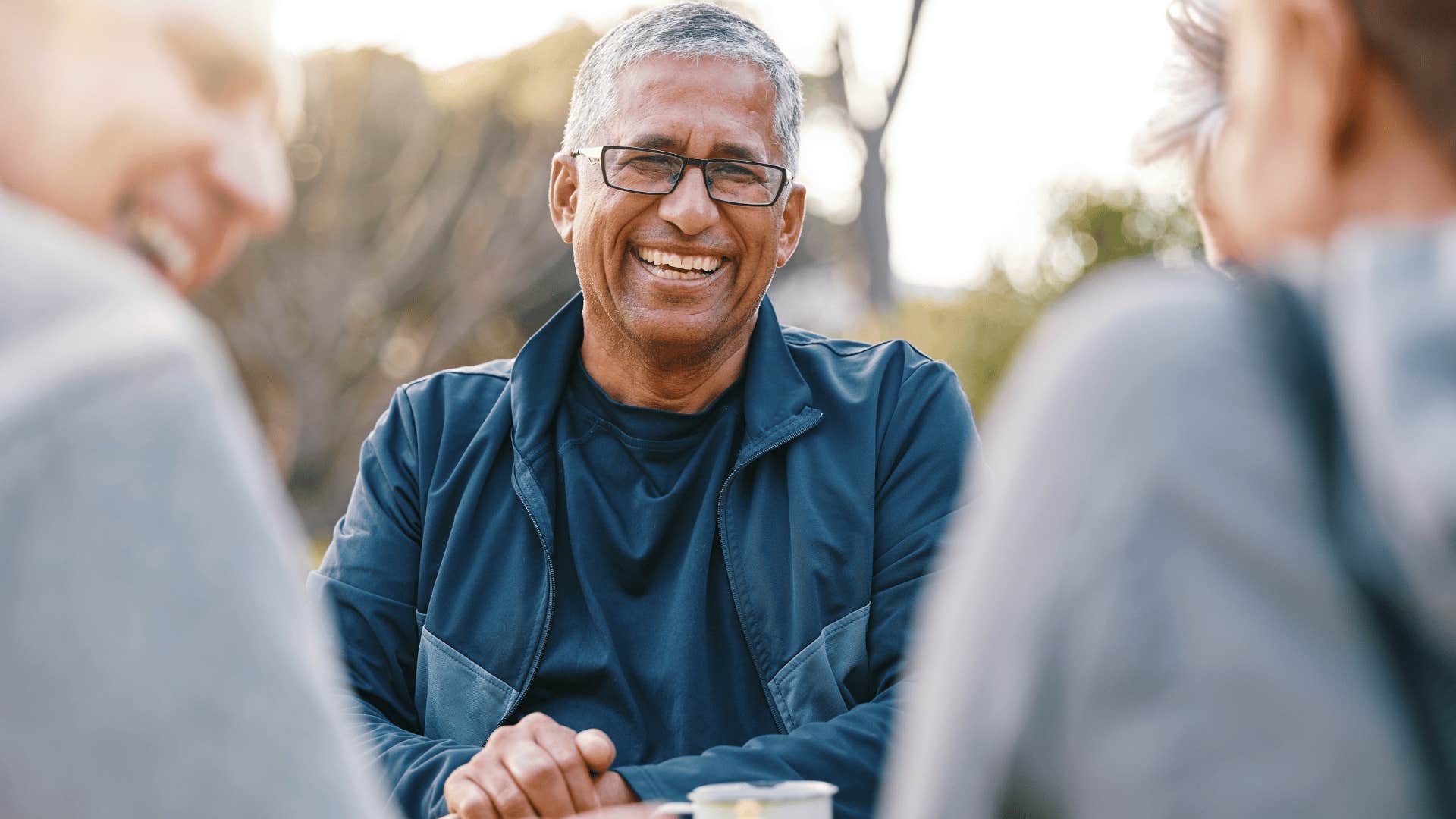Psychology Says People Who Are Good At Reading People Always Use These 7 Tricks
How to psychologically understand people, just by watching them move.
 RDNE Stock project | Pexels
RDNE Stock project | Pexels Do you know what people are truly saying? One way to decipher their code is to learn how to read people and their body language. Whether you're questioning if you got the job after an interview or if that first date went well, body language can provide you with a secret edge.
Be careful, though, because body language can be easily misconstrued. Sometimes people have certain actions or posture habits that disguise what they're saying. But by remaining alert and observant you'll fare better than most and be able to read people like a true professional:
People who are good at reading people always use these tricks:
1. They pay attention to how others speak
 Hananeko_Studio / Shutterstock
Hananeko_Studio / Shutterstock
Positive ways of communication include speaking in the same tone and the same rate of speech that you're using. It's also a positive sign when someone can share a laugh with you and truly have a sincere and inviting sound to their voice.
On the flip side, negative ways of speaking include speaking a lot louder, softer, faster, or slower than you. If their voice sounds unsteady or quivering, they might not mean exactly what they're saying to you aloud.
2. They notice the details of what someone's wearing
 Yuri A / Shutterstock
Yuri A / Shutterstock
Truly interested people do their best to make a long-lasting and positive impression. Their clothing will usually be neat and their hair will be groomed as well.
Someone who isn't interested will often appear unkempt because they don't care about the impression they'll leave behind with you. The old saying, "Dress for success," is a simple way to remember that people do judge others by their appearance.
People readily notice what others wear and use this information to form initial impressions, often making assumptions about someone's personality, social status, and trustworthiness based on their clothing choices, even if subconsciously.
2023 research concluded that different clothing styles can signal various social cues like professionalism, casualness, creativity, or power dynamics, depending on context and culture.
Whether it's right or wrong, it happens. If you were hiring a salesperson for your company, would you want a person who's friendly and dressed in a suit or someone who looks like he just rolled out of bed?
3. They notice how someone interacts with others
 Ground Picture / Shutterstock
Ground Picture / Shutterstock
When people relate positively with you, they may express body language signals that show it. They may look at your eyes while speaking, lean toward you, or touch you gently to accentuate a point.
4. They gauge whether someone appears uninterested or distracted
 Dean Drobot / Shutterstock
Dean Drobot / Shutterstock
Negative signals include looking away when they should be listening, crossing their arms, constantly fidgeting or tapping their foot, clearing their throat, or yawning. This may be a sign of distrust, anger, frustration, boredom, or a lack of self-confidence.
A 2013 study published in Frontiers in Psychology found that to gauge if someone is uninterested based on their appearance, look for signs such as avoiding eye contact, crossed arms, slouching posture, frequent yawning, looking away while you're speaking, fidgeting, a lack of smiling, and generally tense or closed-off body language. Another example is if someone actively tries to create more space between themselves and you, it might signify a lack of interest.
5. They are highly adept at people-watching
 Yuri A / Shutterstock
Yuri A / Shutterstock
The best way to learn more about body language is to spend some time observing people. By becoming more aware of the way others react to certain situations, you'll be better equipped to communicate effectively.
6. The understand that everyone has a 'quiet signal'
 Daniel Hoz / Shutterstock
Daniel Hoz / Shutterstock
A great way to become more aware of someone's quiet signal is to make people-watching a hobby. Research on quiet signals primarily focuses on the study of silence as a form of nonverbal communication, exploring how deliberate pauses or lack of verbal expression can convey significant meaning depending on the context, often signaling attentiveness, power dynamics, discomfort, or even agreement, depending on the situation and cultural norms involved.
2006 studies highlight how strategic pauses in conversation can signal active listening, encourage elaboration from the speaker, and facilitate smooth turn-taking. Depending on the body language and other cues accompanying the silence, silence can also express complex emotions like discomfort, disapproval, or even deep contemplation.
7. They're highly observant, even in commonplace settings
 maxbelchenko / Shutterstock
maxbelchenko / Shutterstock
Whether in the supermarket, church, or at the mall, watch the way people display their secret signals. It will greatly help you in deciphering body language in your situations.
Reading body language is an important way to figure out what people are truly saying. It can also help you build positive and long-lasting relationships. Use these tips often to help you discover the secret meaning behind body language and become a master of communication with others.
Moira Hutchison is a mindfulness coach, energy healer, and hypnotherapist at Wellness With Moira.

